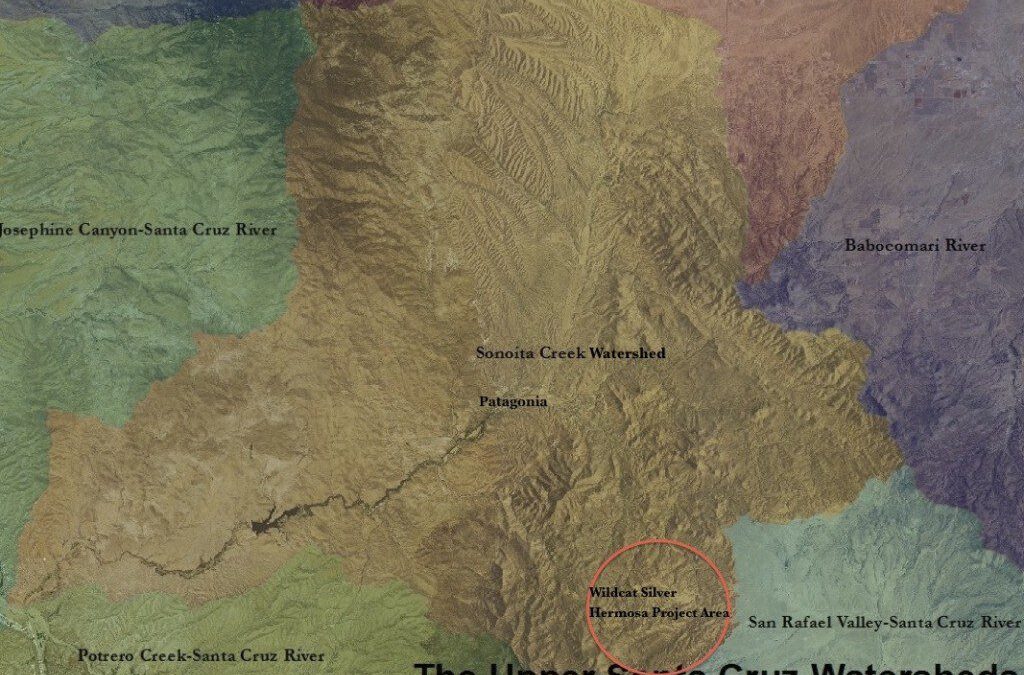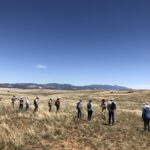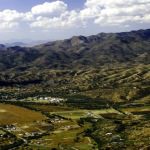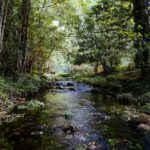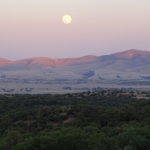By Bryan Junger
As a citizen of Patagonia and environmental engineer, I got a real kick out of Greg Lucero’s opinion piece published March 19 in The Bulletin, entitled Town Water Supply: Fact vs. Fiction. As the title suggests, this piece is chock full of fiction, but I was unable to positively identify a single fact, other than Lucero’s name and title. I enjoy active reading, so trying to figure out which (if any) of Lucero’s statements were actually true was a welcomed exercise.
The first false statement Lucero makes is about the designation of Sonoita Creek Watershed as a “municipal” watershed, an issue that Jim Upchurch Forest Supervisor from the Coronado National Forest put to rest at a public meeting in Patagonia on March 24, 2014. Upchurch told Patagonia citizens that the Forest Service already considers Sonoita Creek to be a municipal watershed.
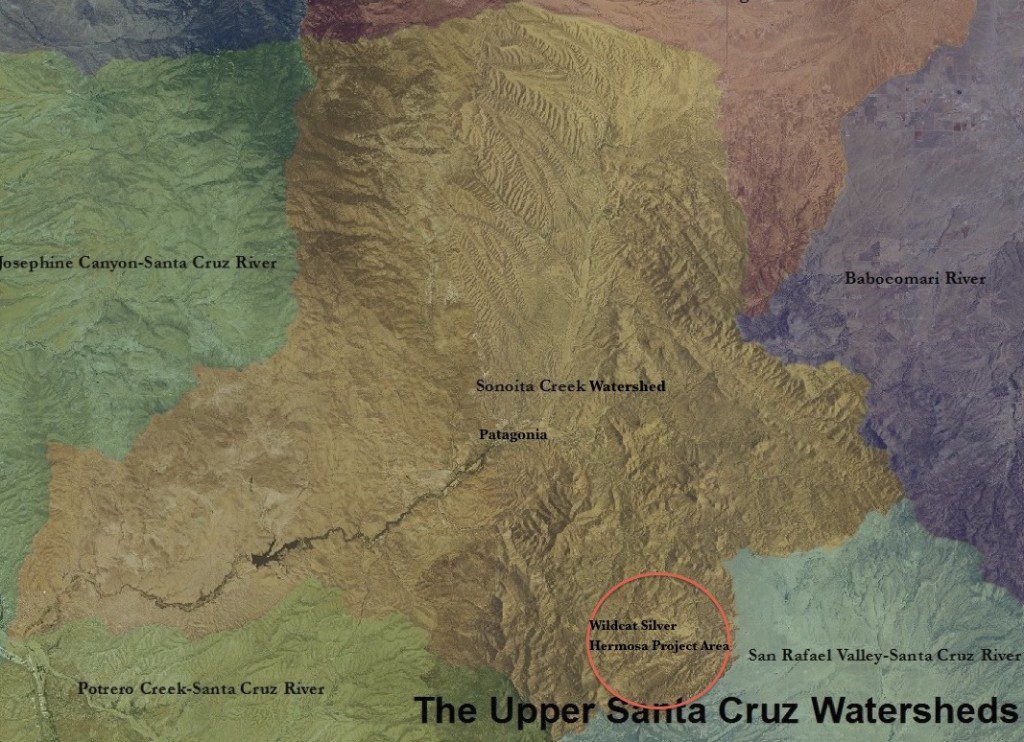
The municipal watershed designation may not preclude the use of Forest Service land for mining, as it is authorized by the US Mining Laws of May 10, 1872. These laws secure a “free entry” system forged under a frontier mentality, from a time when mining was the “first and best use of the land,” though these laws have since been modified to include amendments for the provision of “sound environmental practices.”
As VP of Sustainability for AZ Mining Inc / Wildcat Silver, I can only presume that Mr. Lucero is at least partially responsible for ensuring that his company operates according to sound environmental practices. Judging from the statements made in his recent article about our town’s water supply, we might assume that Mr. Lucero has a background in environmental analysis, hydrology, geology, or perhaps some form of engineering. The fact is, Mr. Lucero holds a B.A. in Political Science from the University of Arizona and has worked primarily in management positions throughout his career. By no measure does he appear to be an expert of hydrology, geology, environmental science, or related fields.
Two of the assertions made in Mr. Lucero’s article are the most glaringly inaccurate, in my mind:
- There is no hydrogeologic data to support the assertion that Harshaw Creek is located in the headwaters of Sonoita Creek watershed, feeding into the Town of Patagonia’s municipal water supply. This statement is plainly untrue. There is significant data available for the Sonoita Creek watershed, most of which has been produced by scholars and researchers associated with Mr. Lucero’s alma mater, the University of Arizona. U of A has a world-class hydrology department and has conducted numerous studies of the Sonoita Creek Watershed over the last 40+ years. Multiple studies provide evidence suggesting that a portion of the water flowing in and below Sonoita Creek – the source of Patagonia’s municipal water supply – are sourced from the Patagonia Mountains, which includes the area near Harshaw Creek.
- Patagonia’s wells and associated hydrogeology are different, the wells draw from a different source, and the location is 1,000 feet higher in elevation so therefore it is disconnected. While Lucero refers to an unnamed study by the AZ Department of Water Resources, the fact is that this statement about groundwater sourcing is pure conjecture. Harshaw is located within Sonoita Creek Watershed, at a higher elevation than the town of Patagonia but draining to the same location – the confluence where Sonoita Creek enters the Santa Cruz River. Therefore, by definition, this old mining town is located within the headwaters of both Sonoita Creek and the Santa Cruz River. Harshaw is both higher in elevation and located along the Harshaw Creek drainage that feeds into Sonoita Creek. It is located East of Patagonia and the local topology dictates that in order for water originating at Harshaw to drain into the Santa Cruz several miles West, it must flow down-gradient into Sonoita Creek.
In an effort to help combat misinformation about our watershed and also to work toward responsible management and improvement, local citizens and stakeholder groups are in the process of forming a Watershed Improvement Council (WIC) as part of an effort to consider our watershed, its health, and its many uses carefully so that we can continue to enjoy its services in perpetuity. If you are interested in learning more or becoming involved, please send me a message at bryan.jungers@gmail.com.

